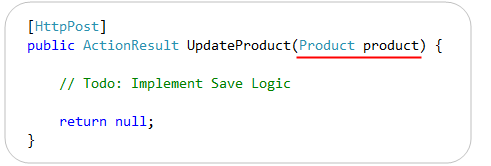What is form validation in HTML? HTML input validation is done automatically by the browser based on special attributes on the input element.
This kind of validation can be circumvented by the user via specially crafted HTTP requests, so it does not replace server-side input validation. Whenever you want to get some kind of input from your users, you will most likely use the HTML. Setting a type attribute value certainly helps us in limiting what passes as valid. Using Regex for Form Validation.
Validation can be defined by many different methods, and deployed in many different ways. Server side validation is performed by a web server, after input has been sent to the server.

Client side validation is performed by a web browser, before input is sent to a web server. The messages will appear in Firefox and Opera. It works by matching the input value against a regular expression. A regular expression is a formalized string of characters that define a pattern.
This validation is completely customizable. JavaScript validation is coded using JavaScript. Use input validation to ensure the uploaded filename uses an expected extension type.
Ensure the uploaded file is not larger than a defined maximum file size. If the website supports ZIP file uploa do validation check before unzip the file. The check includes the target path, level of compress, estimated unzip size. The input min and max attributes specify the minimum and maximum values for an input field.

The min and max attributes work with the following input types: number, range, date, datetime-local, month, time and week. Tip: Use the max and min attributes together to create a range of legal values. Data Validation with Regular Expressions.
Most current web browsers support these features and handle input validation. Also, HTMLvalidation helps users inputting data by providing specific controls, such as date pickers and custom on-screen keyboards.

The constraint validation is done in the following ways: By a call to the checkValidity () or reportValidity () method of a form-associated DOM interface, ( HTMLInputElement.. By a call to the checkValidity () or reportValidity () method on the HTMLFormElement interface.
By submitting the form. See this Pure HTML CSS Form Validation program. Every form which are on websites, they use validation to avoid spamming. If you want users proper information then you must have to put validation in all forms on the website.
Valdition also helps users by telling there is something wrong. The good news is that HTML form validation is supported by all the latest desktop browsers, and most mobile browsers. This has a side effect and it is that if you type an invalid input and submit the form and type again another invalid value immediately the default message is shown instead of the custom one until you click again the submit option.
Syntax and Semantic Validity An application should check that data is both syntactically and semantically valid (in that order) before using it in any way (including displaying it back to the user). Because it is difficult to detect a malicious user who is trying to attack software, applications should check and validate all input entered into a system. Definition and Usage.
Input validation prevents improperly formed data from entering an information system. The required attribute is a boolean attribute.
When present, it specifies that an input field must be filled out before submitting the form.
Hiç yorum yok:
Yorum Gönder
Not: Yalnızca bu blogun üyesi yorum gönderebilir.